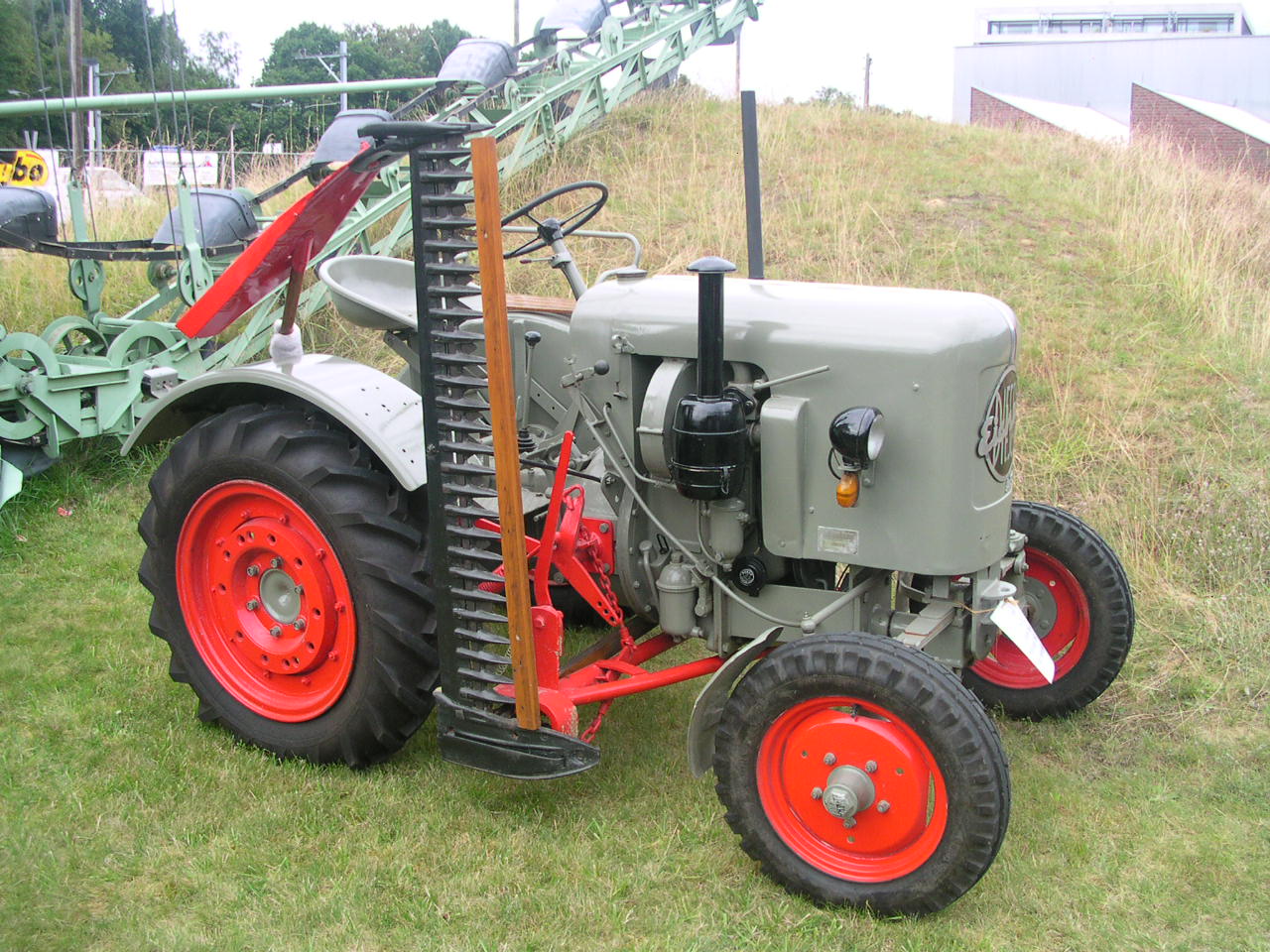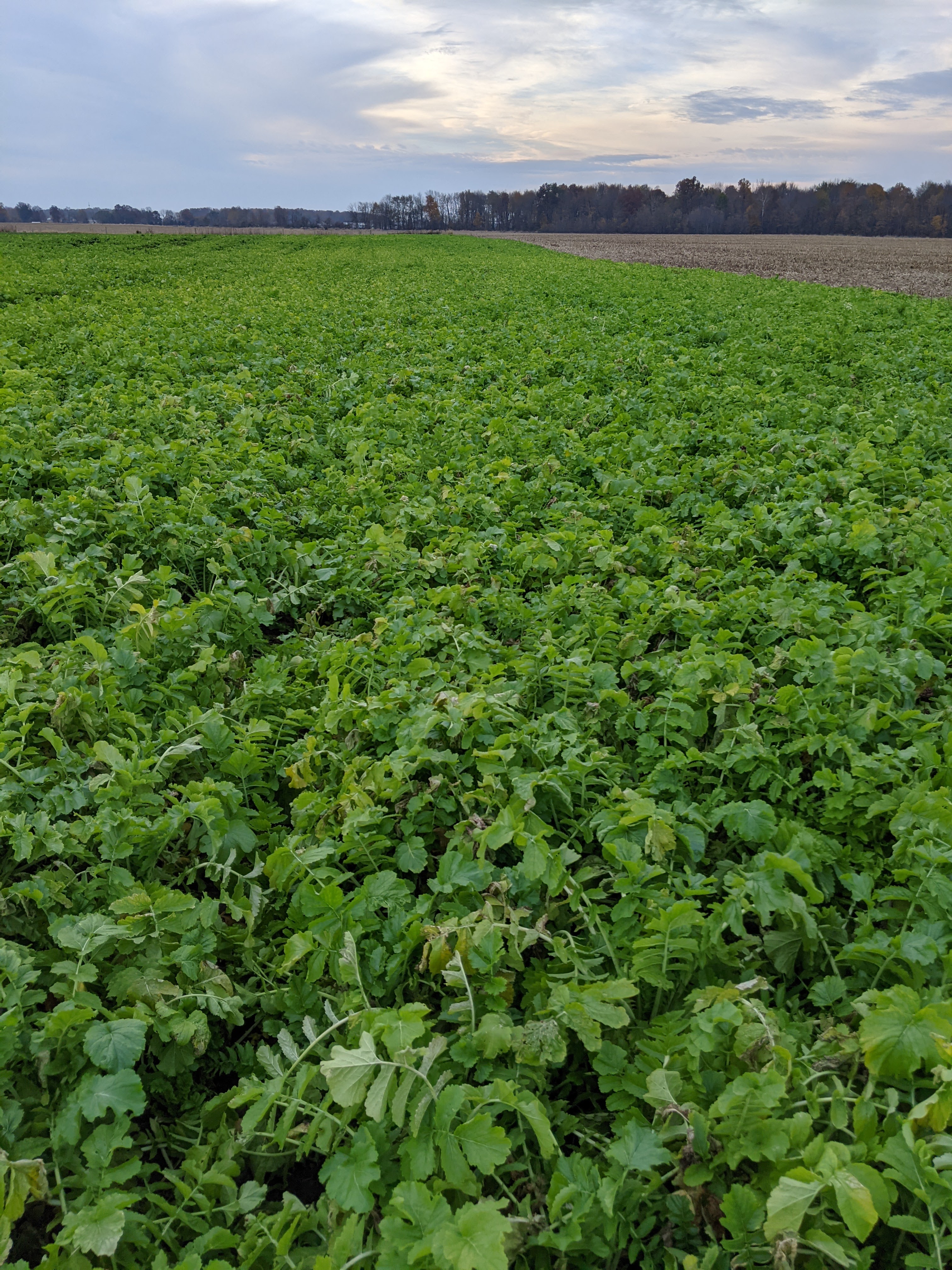|
Topping (agriculture)
Topping is a process by which a mower or similar implement is used to "top", or remove, the aerial part of a crop, in order to prevent seed formation and distribution onto the soil. Typically, a set-aside cover crop is topped in July or August, to prevent seed production and subsequent soil contamination leading to germination and regrowth. For example, controlling the spread of Soft rush or Juncus Effusus on wet land, such as Purple Moor and Rush Pastures. A variation of topping is often employed in order to create a more stout and bushy plant, one that is suitable for thriving indoors. See also * Tree topping Tree topping is the practice of removing whole tops of trees or large branches and/or trunks from the tops of trees, leaving stubs or lateral branches that are too small to assume the role of a terminal leader. Other common names for the practice i ... Agricultural terminology {{Agri-stub ... [...More Info...] [...Related Items...] OR: [Wikipedia] [Google] [Baidu] |
Mower
A mower is a person or machine that cuts (mows) grass or other plants that grow on the ground. Usually mowing is distinguished from reaping, which uses similar implements, but is the traditional term for harvesting grain crops, e.g. with reapers and combines. A smaller mower used for lawns and sports grounds (playing fields) is called a ''lawn mower'' or ''grounds mower'', which is often self-powered, or may also be small enough to be pushed by the operator. Grounds mowers have reel or rotary cutters. Larger mowers or '' mower-conditioners'' are mainly used to cut grass (or other crops) for hay or silage and often place the cut material into rows, which are referred to as ''windrows''. '' Swathers'' (or ''windrowers'') are also used to cut grass (and grain crops). Prior to the invention and adoption of mechanized mowers, (and today in places where use a mower is impractical or uneconomical), grass and grain crops were cut by hand using scythes or sickles. Mower configurations ... [...More Info...] [...Related Items...] OR: [Wikipedia] [Google] [Baidu] |
Crop
A crop is a plant that can be grown and harvested extensively for profit or subsistence. When the plants of the same kind are cultivated at one place on a large scale, it is called a crop. Most crops are cultivated in agriculture or hydroponics. Crops may include macroscopic fungus (e.g. mushrooms) and marine macroalga (e.g. seaweed), some of which are grown in aquaculture. Most crops are harvested as food for humans or fodder for livestock. Some crops are gathered from the wild often in a form of intensive gathering (e.g. ginseng, yohimbe, and eucommia). Important non-food crops include horticulture, floriculture and industrial crops. Horticulture crops include plants used for other crops (e.g. fruit trees). Floriculture crops include bedding plants, houseplants, flowering garden and pot plants, cut cultivated greens, and cut flowers. Industrial crops are produced for clothing ( fiber crops e.g. cotton), biofuel ( energy crops, algae fuel), or medicine ( medicinal plants). ... [...More Info...] [...Related Items...] OR: [Wikipedia] [Google] [Baidu] |
Seed
A seed is an embryonic plant enclosed in a protective outer covering, along with a food reserve. The formation of the seed is a part of the process of reproduction in seed plants, the spermatophytes, including the gymnosperm and angiosperm plants. Seeds are the product of the ripened ovule, after the embryo sac is fertilized by sperm from pollen, forming a zygote. The embryo within a seed develops from the zygote, and grows within the mother plant to a certain size before growth is halted. The seed coat arises from the integuments of the ovule. Seeds have been an important development in the reproduction and success of vegetable gymnosperm and angiosperm plants, relative to more primitive plants such as ferns, mosses and liverworts, which do not have seeds and use water-dependent means to propagate themselves. Seed plants now dominate biological niches on land, from forests to grasslands both in hot and cold climates. The term "seed" also has a general me ... [...More Info...] [...Related Items...] OR: [Wikipedia] [Google] [Baidu] |
Biological Dispersal
Biological dispersal refers to both the movement of individuals (animals, plants, fungi, bacteria, etc.) from their birth site to their breeding site ('natal dispersal'), as well as the movement from one breeding site to another ('breeding dispersal'). Dispersal is also used to describe the movement of propagules such as seeds and spores. Technically, dispersal is defined as any movement that has the potential to lead to gene flow. The act of dispersal involves three phases: departure, transfer, settlement and there are different fitness costs and benefits associated with each of these phases. Through simply moving from one habitat patch to another, the dispersal of an individual has consequences not only for individual fitness, but also for population dynamics, population genetics, and species distribution. Understanding dispersal and the consequences both for evolutionary strategies at a species level, and for processes at an ecosystem level, requires understanding on th ... [...More Info...] [...Related Items...] OR: [Wikipedia] [Google] [Baidu] |
Cover Crop
In agriculture, cover crops are plants that are planted to cover the soil rather than for the purpose of being harvested. Cover crops manage soil erosion, soil fertility, soil quality, water, weeds, pests, diseases, biodiversity and wildlife in an agroecosysteman ecological system managed and shaped by humans. Cover crops may be an off-season crop planted after harvesting the cash crop. They may grow over winter. Cover crops are nurse crops in that they increase the survival of the main crop being harvested. Soil erosion Although cover crops can perform multiple functions in an agroecosystem simultaneously, they are often grown for the sole purpose of preventing soil erosion. Soil erosion is a process that can irreparably reduce the productive capacity of an agroecosystem. Cover crops reduce soil loss by improving soil structure and increasing infiltration, protecting the soil surface, scattering raindrop energy and reducing the velocity of the movement of water over the so ... [...More Info...] [...Related Items...] OR: [Wikipedia] [Google] [Baidu] |
Soil Contamination
Soil contamination, soil pollution, or land pollution as a part of land degradation is caused by the presence of xenobiotic (human-made) chemicals or other alteration in the natural soil environment. It is typically caused by industrial activity, agricultural chemicals or improper disposal of waste. The most common chemicals involved are petroleum hydrocarbons, polynuclear aromatic hydrocarbons (such as naphthalene and benzo(a)pyrene), solvents, pesticides, lead, and other heavy metals. Contamination is correlated with the degree of industrialization and intensity of chemical substance. The concern over soil contamination stems primarily from health risks, from direct contact with the contaminated soil, vapour from the contaminants, or from secondary contamination of water supplies within and underlying the soil. Mapping of contaminated soil sites and the resulting cleanups are time-consuming and expensive tasks, and require expertise in geology, hydrology, chemistry, compute ... [...More Info...] [...Related Items...] OR: [Wikipedia] [Google] [Baidu] |
Germination
Germination is the process by which an organism grows from a seed or spore. The term is applied to the sprouting of a seedling from a seed of an angiosperm or gymnosperm, the growth of a sporeling from a spore, such as the spores of fungi, ferns, bacteria, and the growth of the pollen tube from the pollen grain of a seed plant. Seed plants Germination is usually the growth of a plant contained within a seed; it results in the formation of the seedling. It is also the process of reactivation of metabolic machinery of the seed resulting in the emergence of radicle and plumule. The seed of a vascular plant is a small package produced in a fruit or cone after the union of male and female reproductive cells. All fully developed seeds contain an embryo and, in most plant species some store of food reserves, wrapped in a seed coat. Some plants produce varying numbers of seeds that lack embryos; these are empty seeds which never germinate. Dormant seeds are viable seeds that do ... [...More Info...] [...Related Items...] OR: [Wikipedia] [Google] [Baidu] |
Juncus Effusus
''Juncus effusus'', with the common names common rush or soft rush, is a perennial herbaceous flowering plant species in the rush family Juncaceae. In North America, the common name soft rush also refers to '' Juncus interior''. Distribution ''Juncus effusus'' is nearly cosmopolitan, considered native in Europe, Asia, Africa, North America, and South America. It has naturalized in Australia, Madagascar, and various oceanic islands. It is found growing in wet areas, such as wetlands, riparian areas, and marshes. In the United Kingdom it is found in purple moor-grass and rush pastures and fen-meadow plant associations. Description ''Juncus effusus'' grows in large clumps about tall at the water's edge along streams and ditches, but can be invasive anywhere with moist soil. It is commonly found growing in humus-rich areas like marshes, ditches, fens, and beaver dams. The stems are smooth cylinders with light pith filling. The yellowish inflorescence appears to emerg ... [...More Info...] [...Related Items...] OR: [Wikipedia] [Google] [Baidu] |
Purple Moor And Rush Pastures
Purple moor grass and rush pastures is a type of Biodiversity Action Plan habitat in the UK. It occurs on poorly drained neutral and acidic soils of the lowlands and upland fringe. It is found in the South West of England, especially in Devon. The vegetation consists of species-rich, semi-natural grassland containing abundant purple moor grass (''Molinia caerulea'') and one or more of several creeping rushes: sharp-flowered rush ('' Juncus acutiflorus''), jointed rush (''Juncus articulatus'') and blunt-flowered rush (''Juncus subnodulosus''). Only 8% remains of the area thought to have existed in 1900. In the UK estimate the area is thought to be less than . Their importance is recognised and are included as a priority habitat in the United Kingdom Biodiversity Action Plan. Etymology In Devon and Cornwall it is known as culm grassland, after the Culm Measures on which it is predominantly found. In East Anglia it is known as ''litter meadow'' due to the practice of cutti ... [...More Info...] [...Related Items...] OR: [Wikipedia] [Google] [Baidu] |
Tree Topping
Tree topping is the practice of removing whole tops of trees or large branches and/or trunks from the tops of trees, leaving stubs or lateral branches that are too small to assume the role of a terminal leader. Other common names for the practice include hat-racking, heading, rounding over, and tipping. Some species of trees are more likely to recover from topping than others. There are alternatives to topping that can help to achieve the same goals without damaging trees. Purpose Hundreds of large trees are topped each year, which causes significant stress and future safety issues. It has been shown through survey that the average person's knowledge on tree care is limited. Another popular misconception is that a topped tree will benefit from increased light penetration. The removal of a large portion of a tree's canopy can have detrimental effects. When a tree is topped, newly formed bark may be susceptible to sun scald. Prolonged exposure can severely damage the bark, thus crea ... [...More Info...] [...Related Items...] OR: [Wikipedia] [Google] [Baidu] |




